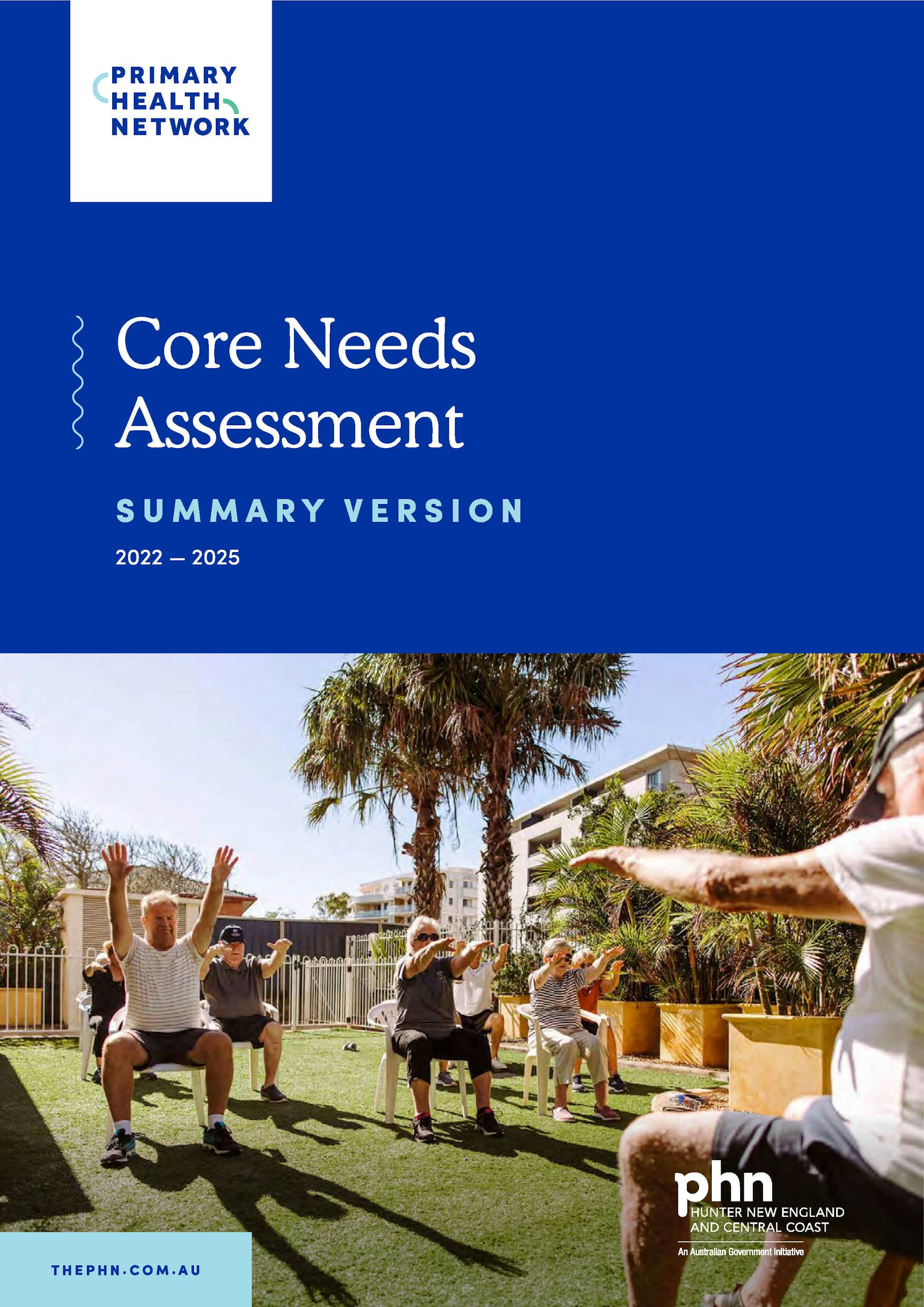How do we commission services?
Last updated September 14, 2023
Commissioning is a real-time change process, moving our local health system towards more sustainable models of care by not only procuring new or additional services but also transforming, re-organising and modifying existing services.
By working together with our system partners, including our contracted service providers, and considering the needs of the individual patients as part of the Quadruple AIM approach, our PHN can bring about this system change for the better, by delivering improvements in non-hospital-based and regionally relevant services.
Commissioned Services Overview
HNECC receives funding each year from the Commonwealth Government to commission local services to meet the priorities we identify. This capability continues to grow as outlined in the Commissioned Services Overviews provided below.
Priorities
Programs and services align to the priorities identified in the Needs Assessment.

What is the Quadruple Aim approach?
The Quadruple AIM approach helps ensure optimal services are delivered to meet local health needs while enhancing consumer experience, improving population health, reducing costs and considering overall provider satisfaction.
The Quadruple AIM approach forms the centre of the HNECC commissioning process. It remains patient-centred to deliver the best health outcomes.

What principles do we follow in commissioning health services?
In consultation with the Department of Health we follow a nationally developed a set of principles to commission health services. These are:
- Understand the needs of the community by analysing data, engaging and consulting with consumers, clinicians, carers and providers, peak bodies, community organisations and funders.
- Engage with potential service providers well in advance of commissioning new services.
- Putting outcomes for users at the heart of the strategic planning process.
- Adopt a whole of system approach to meeting health needs and delivering improved health outcomes.
- Understand the fullest practical range of providers including the contribution they could make to delivering outcomes and addressing market failure and gaps, and encourage diversity in the market.
- Co-design solutions; engage with stakeholders, including consumer representatives, peak bodies, community organisations, potential providers and other funders, to develop evidence-based and outcome-focused solutions.
- Consider investing in the capacity of providers and consumers, particularly in relation to hard-to-reach groups.
- Ensure procurement and contracting processes are transparent and fair, facilitating the involvement of the broadest range of suppliers, including alternative arrangements such as consortia building where appropriate.
- Manage through relationships; work in partnership, building connections at multiple levels of partner organisations and facilitate links between stakeholders.
- Develop environments high in trust through collaborative governance, shared decision-making and collective performance management.
- Ensure efficiency, value for money, and service enhancement.
- Monitor and evaluate through regular performance reports; consumer, clinician, community and provider feedback, and independent evaluation.

